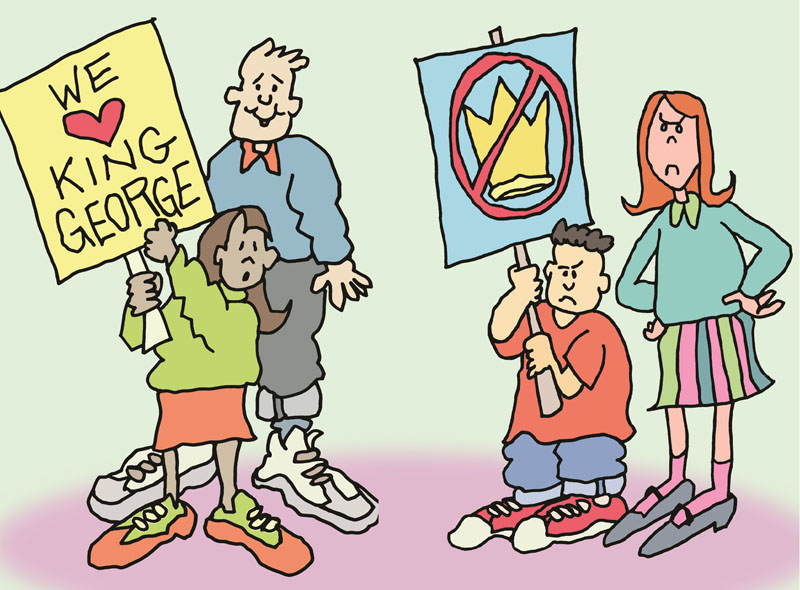Daddy's heart could not sustain him for
as long as we wished. But in another sense of that word, he had the
strongest heart of anyone I've ever known. His kindness and
generosity endeared him to all he encountered. His friends are
legion, especially for a man not inclined to gregariousness.
I can't recall Daddy ever uttering a
harsh word about anyone, with the exception of my mother's cats; he
admittedly only tolerated those creatures.
Daddy was the bedrock of our family,
providing unconditional love and unwavering support every single day
of our lives. I'm not exaggerating. Every single day. Never did Daddy
not have our backs. When we made mistakes, he helped us clean them
up. It was not his role as parent to judge or criticize, only to
bolster and praise.
My dad was emotionally strong and
resilient. I remember witnessing him cry just once, and this
particular memory is instructive of his character, so I will share.
When I was about 6 years old, I committed some heinous crime on a
babysitter's watch. My parents had been out for a couple of hours,
maybe for dinner or an office party, and the elderly Mrs. Grant was
tasked with the care of myself and my sister. I don't recall my exact
misbehavior, only that it was of a nature so abhorent that my mother
– our usual disciplinarian – determined punishment must be meted
out by my father for greater emphasis. [Before any readers get
incensed at what I'm about to reveal, bear in mind that this took
place in the South in the 60s. Culture, people.] Daddy took me to my
room with a paddle, said this would hurt him worse than it would hurt
me, and gave me a couple of light smacks on my behind. I was offended
and let out the obligatory shriek, but he was right. I didn't cry; he did.
Now, I suspect Daddy shed tears when he
lost his parents, although I didn't see. And if he had outlived his
wife or any of his children, I'm certain I would have seen him cry.
But the vast majority of life's troubles my dad faced with the
awareness that he was to provide the shoulder for our tears.
Any positive quality I have came from
him, and my mom. Any fault I have is due to my failure to live up to their example.
Miscellaneous lessons from my dad:
- Be skeptical of advertising. I may save 40 percent if I buy that thing on sale today, but I'll save 100 percent if I don't buy it at all.
- Most of the time, I will have less stress if I just do what my mother wants me to do.
- The Agawa Canyon Scenic train ride has overpriced sandwiches. Although, to be fair, most food concessions shared this misfortune in my dad's view.
- North Carolina is the best place in the world.
- In purchasing a car, choose it solely for its function, not its status. Never buy anything to impress the neighbors.
- People may not present themselves as the way they really are. My dad knew this long before social media posturing.
- Wear comfortable clothes, except when Mama says to put on something nice. (see lesson #2)
- There is no such thing as a free kitten. (I chose to ignore this lesson).
- Be forgiving. Everyone makes mistakes.
- Although not approved by Mama, a spoonful of sugar soaked with whiskey is an effective cough remedy.
Points on which I disagreed with my
dad:
- We did not share the same tastes in food, with a few exceptions, such as eastern North Carolina barbecue, seafood and chocolate pie. He could not persuade me of the delights of cafeteria food, fried catfish, mayonnaise eaten with a spoon directly from the jar, or drinking ranch dressing from a bottle.
- Shopping at Walmart. He liked the evil empire.
- Voting for Ross Perot. He actually did that.
Some people are said to be born with a silver spoon. I think mine was golden; my privilege was priceless. I wouldn't trade my exceptional parents for any of the world's material riches. Thank you, Mama and Daddy.
I'm so proud to be this Daddy's girl.

























